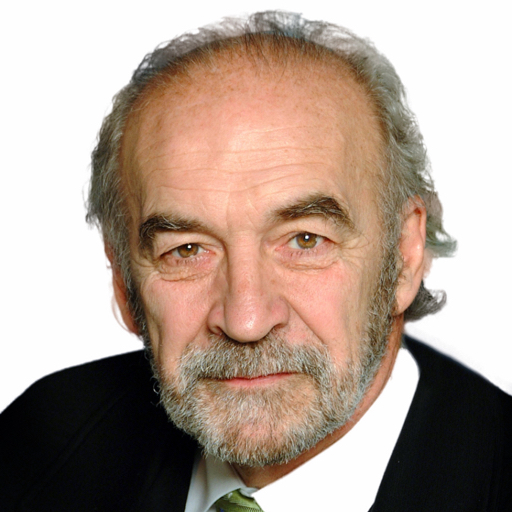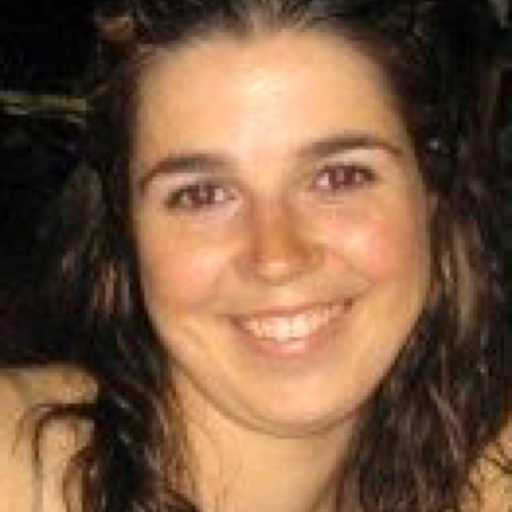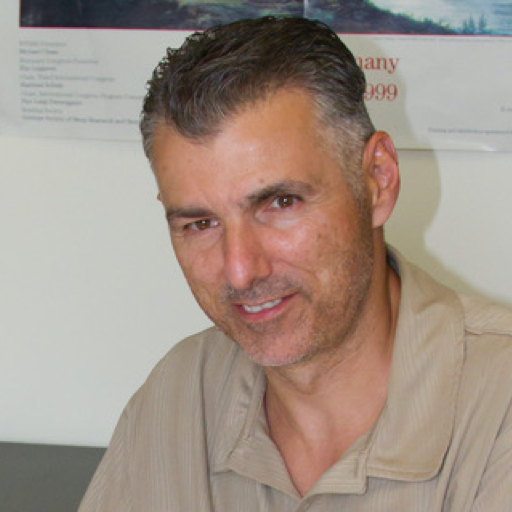
Jacques Montplaisir, M.D., FRCPC, Ph.D.
CARSM Founder
Full professor
Department of Psychiatry, University of Montreal
514-338-2222 poste 3010
jy.montplaisir@umontreal.ca
Training
Post-doctorate (Stanford University)
Ph.D. in neurological sciences (University of Montreal)
M.D. specializing in psychiatry (McGill University)
Research interests
The pathophysiology and treatment of sleep disorders. Biological markers of dementia of the Alzheimer type. The development of sleep and biological rhythms. Longitudinal study of sleep in children.
Methodological approaches
Clinical intervention, polysomnography, epidemiology, pharmacology
Fundings
Grant from the Canadian Institutes of Health Research
Title: Pathophysiology and treatment of adult somnambulism.
Role: Co-researcher
Years: 2019-2024
Amount: 420 750$
Grant from the Canadian Institutes of Health Research
Title: Neuroimaging Prodromal Neurodegeneration in Synucleinopathy
Role: Co-principal investigator
Years: 2018-2023
Amount: $ 921,826
Canada Research Chair in Sleep Medicine
Role: Holder
Years: 2015-2025
Amount: $ 1,400,000
Grant from the Quebec Research Fund - Society and Culture (FQRSC)
Title: Research Group on Psychosocial Maladjustment in Children (GRIP).
Years: 2020 - 2028
Role: Co-researcher
My team

Dominique Petit, Ph.D.
Research Associate

Amélie Pelletier, Ph.D.
Research Associate

Jean Paquet, Ph.D.
Research Associate and Biostatistician

Marie-Josée Quinn
Medical Laboratory Technician
Selected publications
Pennestri MH, Petit D, Paquet J, Desautels A, Touchette E, Côté S, Tremblay RE, Boivin M, Montplaisir J. Childhood restless legs syndrome: A longitudinal study of prevalence and familial aggregation. J Sleep Res. 2020 Aug 11:e13161. doi: 10.1111/jsr.13161
Baril AA, Gagnon JF, Pelletier A, Soucy JP, Gosselin N, Postuma RB, Montplaisir J. Changes in Regional Cerebral Perfusion Over Time in Idiopathic REM SleepBehavior Disorder. Mov Disord. 2020 Aug;35(8):1475-1481. doi: 10.1002/mds.28092.
Bilodeau F, Brendgen M, Vitaro F, Côté SM, Tremblay RE, Petit D, Montplaisir J, Boivin M. Association Between Peer Victimization and Parasomnias in Children: Searching for Relational Moderators. Child Psychiatry Hum Dev. 2020 Apr;51(2):268-280. doi: 10.1007/s10578-019-00928-y.
Ruffini G, Ibañez D, Castellano M, Dubreuil-Vall L, Soria-Frisch A, Postuma R, Gagnon JF, Montplaisir J. Deep Learning With EEG Spectrograms in Rapid Eye Movement Behavior Disorder. Front Neurol. 2019 Jul 30;10:806. doi: 10.3389/fneur.2019.00806.
Pomares FB, Boucetta S, Lachapelle F, Steffener J, Montplaisir J, Cha J, Kim H, Dang-Vu TT. Beyond sleepy: structural and functional changes of the default-mode network in idiopathic hypersomnia. Sleep. 2019 Oct 21;42(11):zsz156. doi: 10.1093/sleep/zsz156.
Fereshtehnejad SM, Yao C, Pelletier A, Montplaisir JY, Gagnon JF, Postuma RB. Evolution of prodromal Parkinson’s disease and dementia with Lewy bodies: a prospective study. Brain. 2019 Jul 1;142(7):2051-2067. doi: 10.1093/brain/awz111.
Bedard MA, Aghourian M, Legault-Denis C, Postuma RB, Soucy JP, Gagnon JF, Pelletier A, Montplaisir J. Brain cholinergic alterations in idiopathic REM sleep behaviour disorder: a PET imaging study with (18)F-FEOBV. Sleep Med. 2019 Jun;58:35-41. doi: 10.1016/j.sleep.2018.12.020.
Génier Marchand D, Postuma RB, Escudier F, De Roy J, Pelletier A, Montplaisir J, Gagnon JF. How does dementia with Lewy bodies start? prodromal cognitive changes in REM sleep behavior disorder. Ann Neurol. 2018 May;83(5):1016-1026. doi: 10.1002/ana.25239.
Projects
Pathophysiology and treatment of adult somnambulism
Despite almost 5 decades of clinical and laboratory investigations of sleep disorders, relatively little is known about the mechanisms which give rise to sleepwalking (somnambulism) and even less about how to effectively treat the disorder. Sleepwalking occurs in 4% to 17% of children and is far more common in adults (approximately 4%) than commonly acknowledged. Patients suffering from this sleep disorder often consult due to a history of aggressive and/or injurious behaviour during sleep. In a significant number of cases, patients report having suffered serious injuries (e.g., contusions, fractures to limbs, rib cage, multiple lacerations) and/or having attacked a bed partner during an episode. Establishing a correct diagnosis and adequately treating sleepwalking is vital for the patient's health as well as in light of the growing number of medico-legal cases of sleep-related violence. In most centers, the benzodiazepinic drug clonazepam is used for treatment. A significant proportion of clinicians, however, are reluctant to prescribe daily doses of benzodiazepines over long periods of time due to concerns about drug habituation and potentially harmful consequences of long-term usage. Moreover, many sleepwalkers do not respond to this medication or present side effects. Numerous descriptive studies suggest that hypnosis can be effective in the long-term management of sleepwalking. The first aim of the proposed research is to evaluate the treatment effects of hypnosis on sleepwalking frequency and intensity. A second aim of the proposed research is to elucidate our understanding of sleepwalking by recording sleepwalkers' brain activity during sleep both before and after a period sleep deprivation. Taken together, these studies should a) lead us to a better understanding of why some people suffer from sleepwalking, b) help identify neurobiological markers of the disorder, and c) guide future clinical treatments.
Neuroimaging Prodromal Neurodegeneration in Synucleinopathy
Neurodegenerative diseases like Parkinson's disease (PD) and Lewy body dementia (LBD) have a long prodromal interval, which means symptoms have started but the disease is not yet fully developed. This interval is essential for developing new preventive treatments, as they can be used at a stage when they are most likely to work. The study of prodromal PD and LBD was limited until the discovery that> 80% of people with REM sleep behavior disorder (REM sleep disorder), a disorder in which people act out their dreams at night, have in fact a prodromal PD / LBD. This means that studying people with REM sleep disorder offers a rare opportunity to directly observe the early stages of the disease. The PET and SPECT scanner can detect the loss of the dopaminergic system that underlies parkinsonism. We will recruit 40 patients and 20 controls. They will benefit from a comprehensive clinical evaluation of prodromal markers as part of our ongoing cohort study. All patients will have three different brain scans: a cholinergic PET, a dopaminergic PET, and an MRI that includes three new prodromal markers. We will follow the patients annually, to see if the scans predict disease progression over time.
